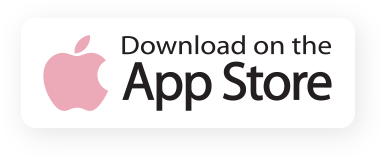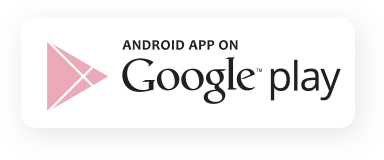Web Scraping in Data Visualization
Web scraping allows data analysts and visualization enthusiasts to gather data from websites, transforming unstructured information into structured datasets. This extraction process is fundamental to obtaining the raw data required to generate meaningful charts and graphs. Whether it’s extracting financial data, market trends, or social media statistics, web scraping lays the foundation for effective data visualization.
Key Benefits of Utilizing Web Scraping
One of the key advantages of web scraping is the ability to keep datasets current and accurate. By automating the data extraction process, analysts can ensure that their visualizations reflect the latest information available on the web. This real-time aspect enhances the relevance and reliability of the visualized data, contributing to more informed decision-making.
Additionally, web scraping empowers analysts to target specific data points relevant to their visualization goals. This level of customization allows for the creation of charts that address specific questions or objectives.
Once the data is extracted, analysts can leverage popular data visualization tools to create visually compelling charts. These tools allow for the transformation of raw data into insightful visual representations, facilitating a deeper understanding of trends, patterns, and correlations.
Web Scraping in Data Visualization: Use Cases
Web scraping coupled with data visualization proves to be a game-changer across various industries, offering tailored solutions to address specific challenges and opportunities. Here are some notable use cases where the combination of web scraping and data visualization provides significant benefits:
- E-commerce and Retail: Web scraping allows retailers to monitor competitors’ pricing strategies, track product availability, and analyze customer reviews. Data visualization tools then transform this information into actionable insights, aiding in strategic pricing decisions, inventory management, and enhancing the overall customer experience.
- Finance and Investment: In the financial sector, real-time market data is crucial. Web scraping enables the extraction of financial news, stock prices, and economic indicators from diverse sources. Visualizing this data helps financial analysts identify trends, evaluate investment opportunities, and make informed decisions.
- Marketing and Social Media: Marketers leverage web scraping to gather data on consumer behavior, social media trends, and competitor activities. Visualization tools transform this data into comprehensive dashboards, aiding in targeted marketing campaigns, social media strategy refinement, and competitor analysis.
- Manufacturing and Supply Chain Management: For manufacturers and supply chain managers, web scraping facilitates the collection of data on raw material prices, supplier performance, and market demand. Visualization tools enable the creation of supply chain dashboards, optimizing inventory levels, and improving overall operational efficiency.
- Academic Research and Education: Researchers in academia benefit from web scraping by gathering data for studies and analyses. Visualization tools help present research findings in a clear and compelling manner, enhancing the communication of complex information to both academic and non-academic audiences.
- Human Resources and Talent Acquisition: Web scraping is employed in the HR domain to gather insights on industry salary trends, competitor hiring practices, and candidate profiles. Visualizing this data assists HR professionals in optimizing recruitment strategies, benchmarking compensation packages, and making data-driven decisions to attract and retain top talent.
- Nonprofit and Social Impact Organizations: For nonprofit organizations, web scraping supports the collection of data on social issues, donor contributions, and program effectiveness. Visualization tools help these organizations communicate their impact, allocate resources efficiently, and demonstrate transparency to stakeholders, thereby facilitating informed decision-making and fostering donor trust.
Conclusion
Ultimately, web scraping plays a vital role in the data visualization process, serving as the gateway to relevant, current, and customized datasets. However, while web scraping offers immense benefits, it is essential to adhere to ethical standards and legal guidelines. Using reputable web scraping services, such as Web Data Extraction Services, ensures compliance with ethical standards and minimizes the risk of legal complications. Reach out to us today to find out more details about our web scraping solutions.


